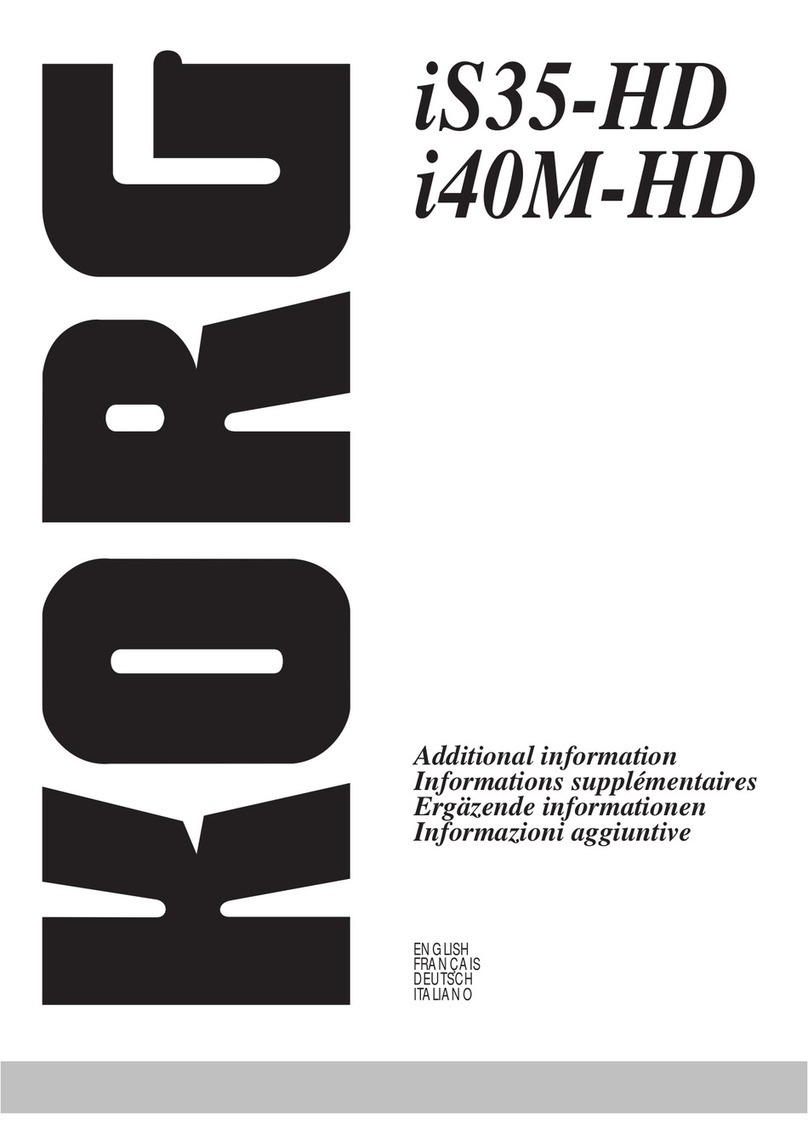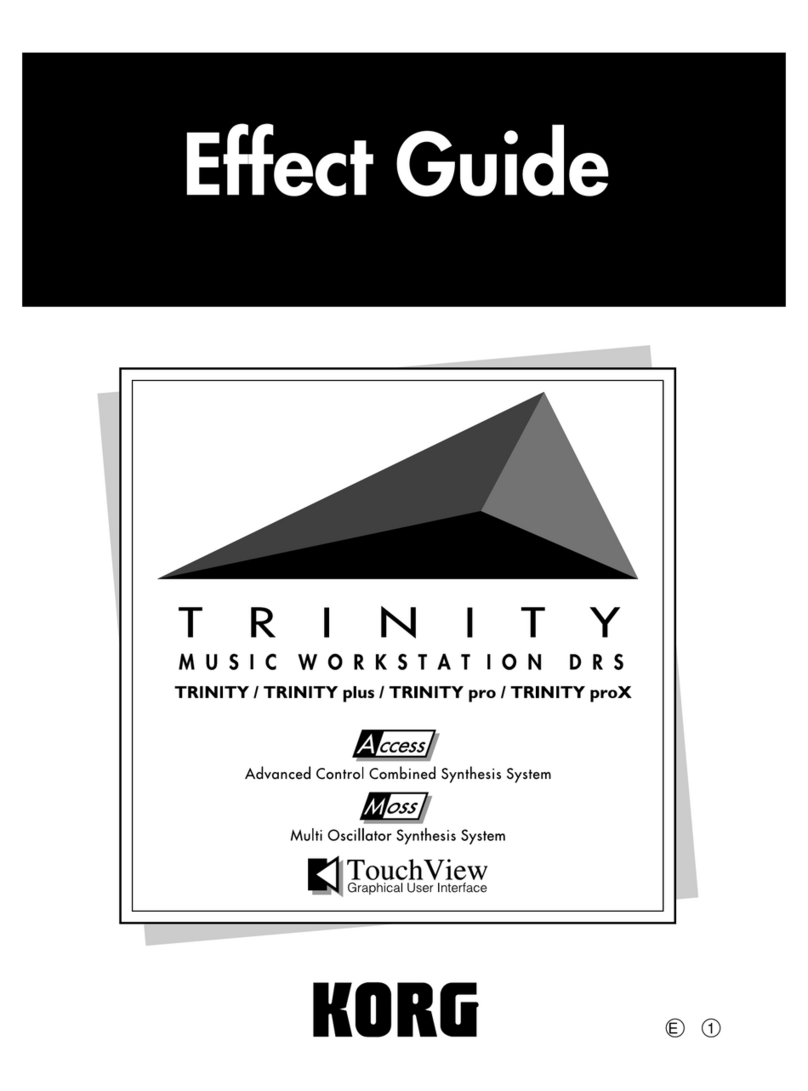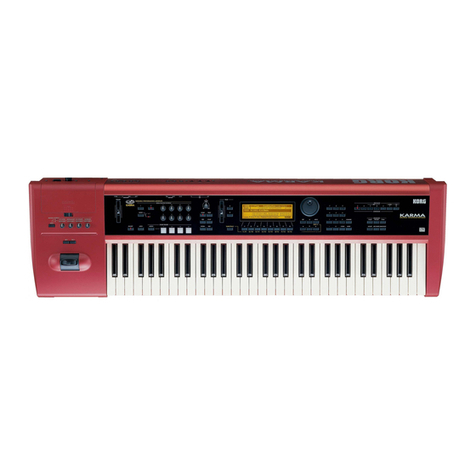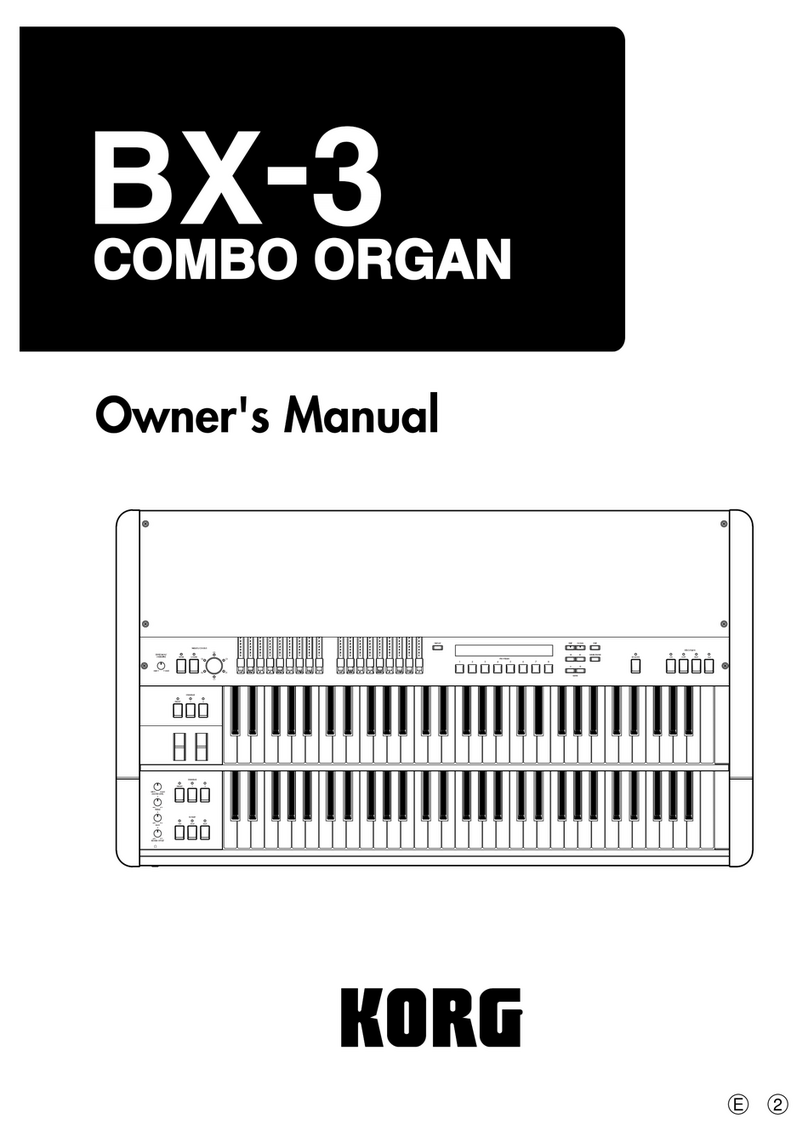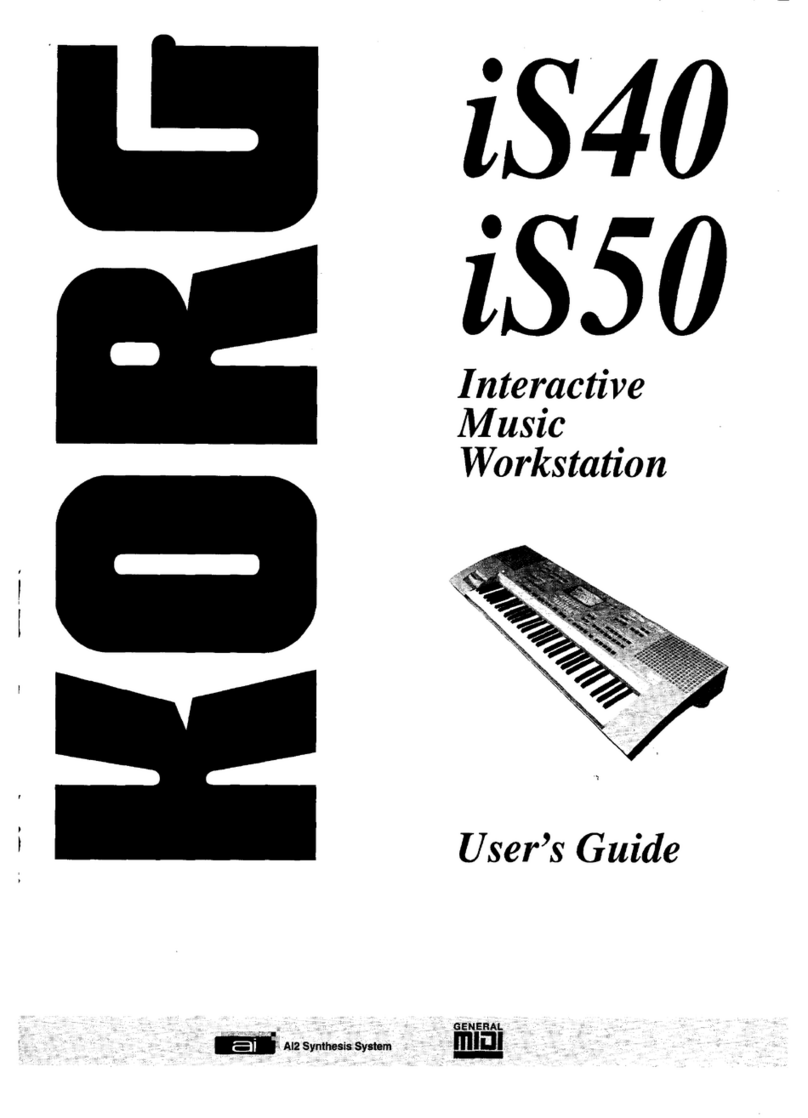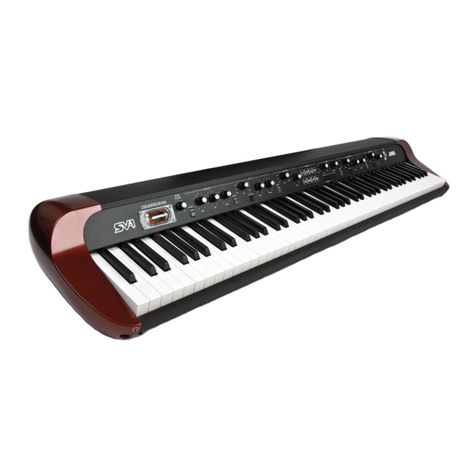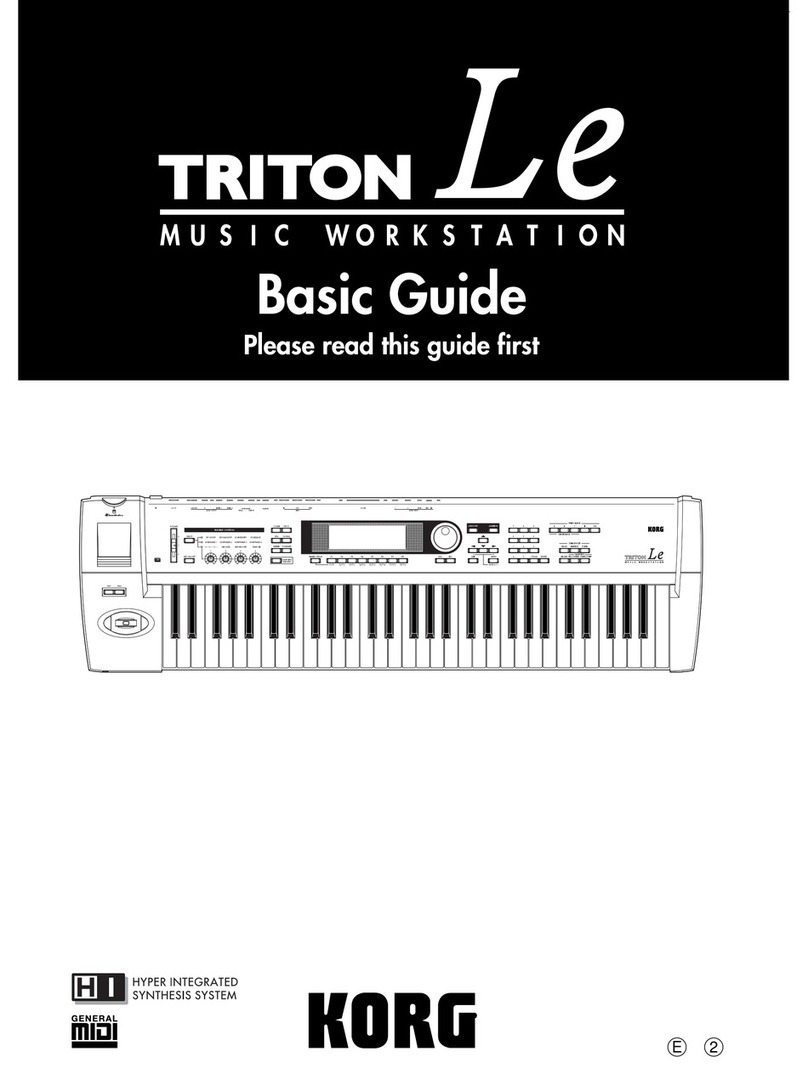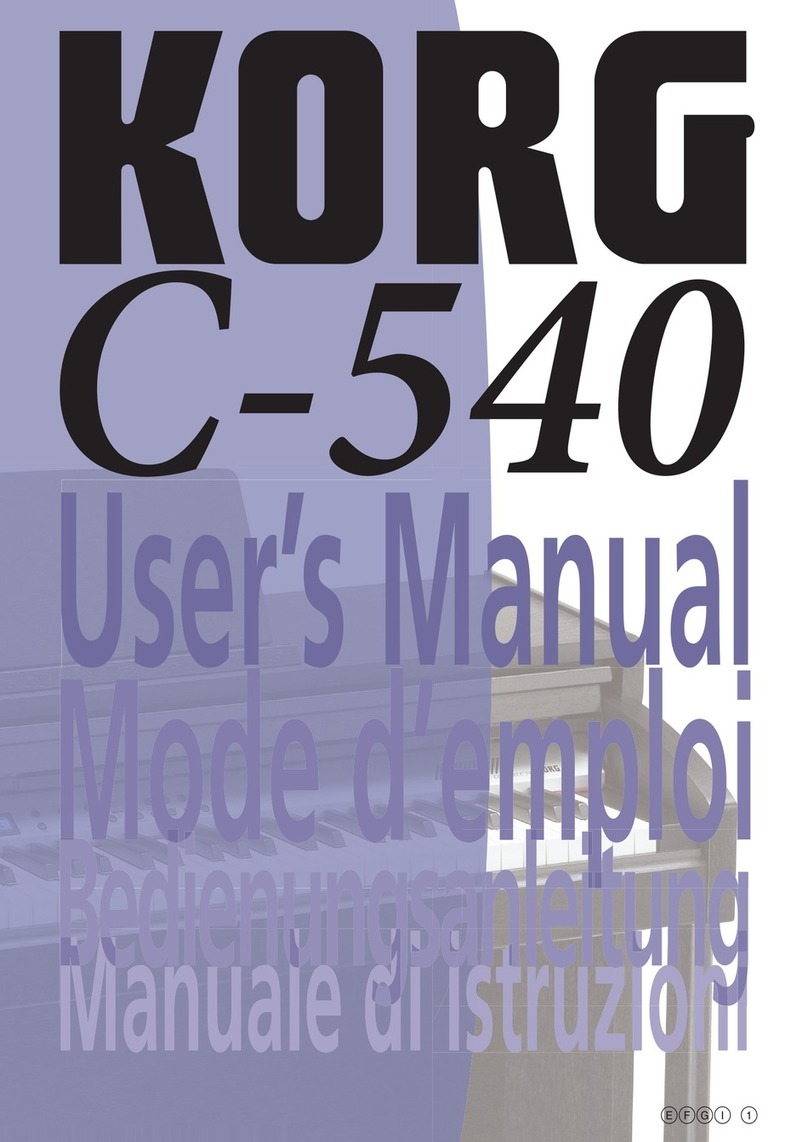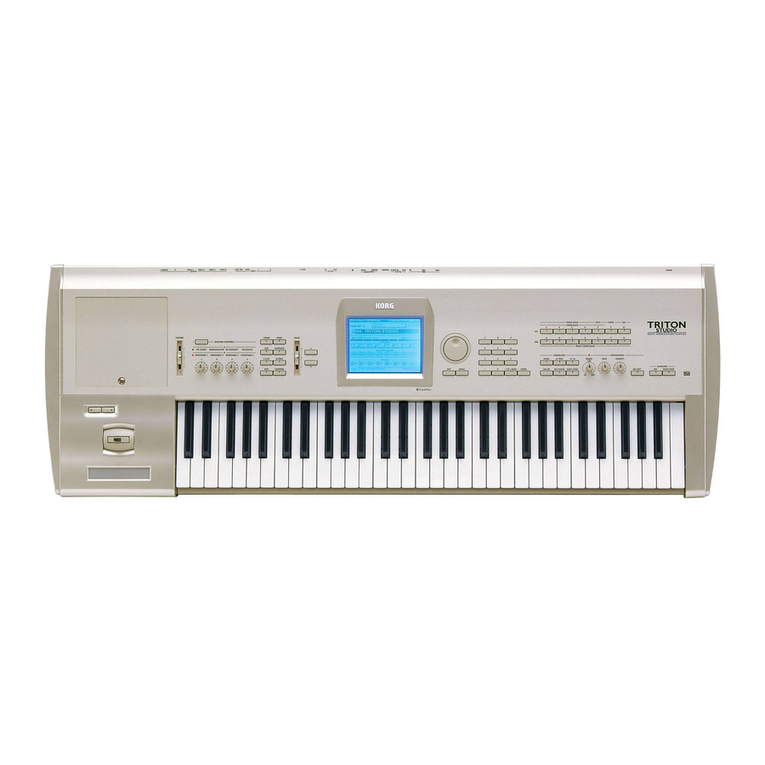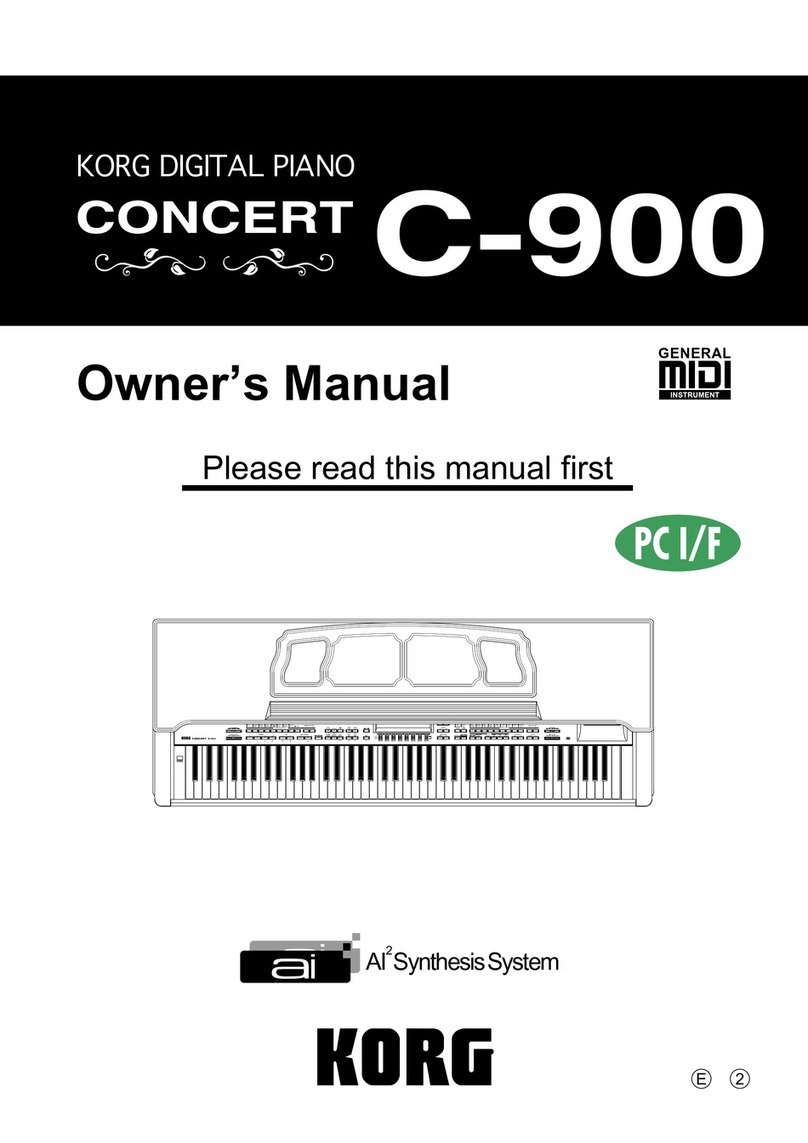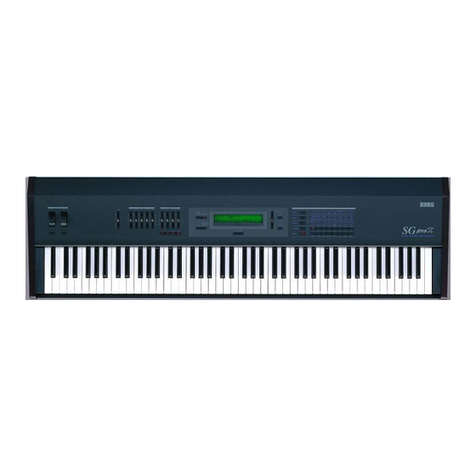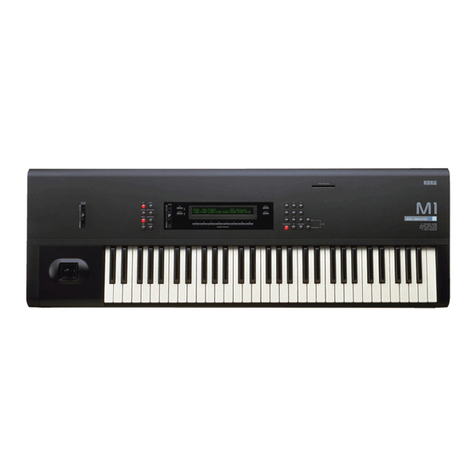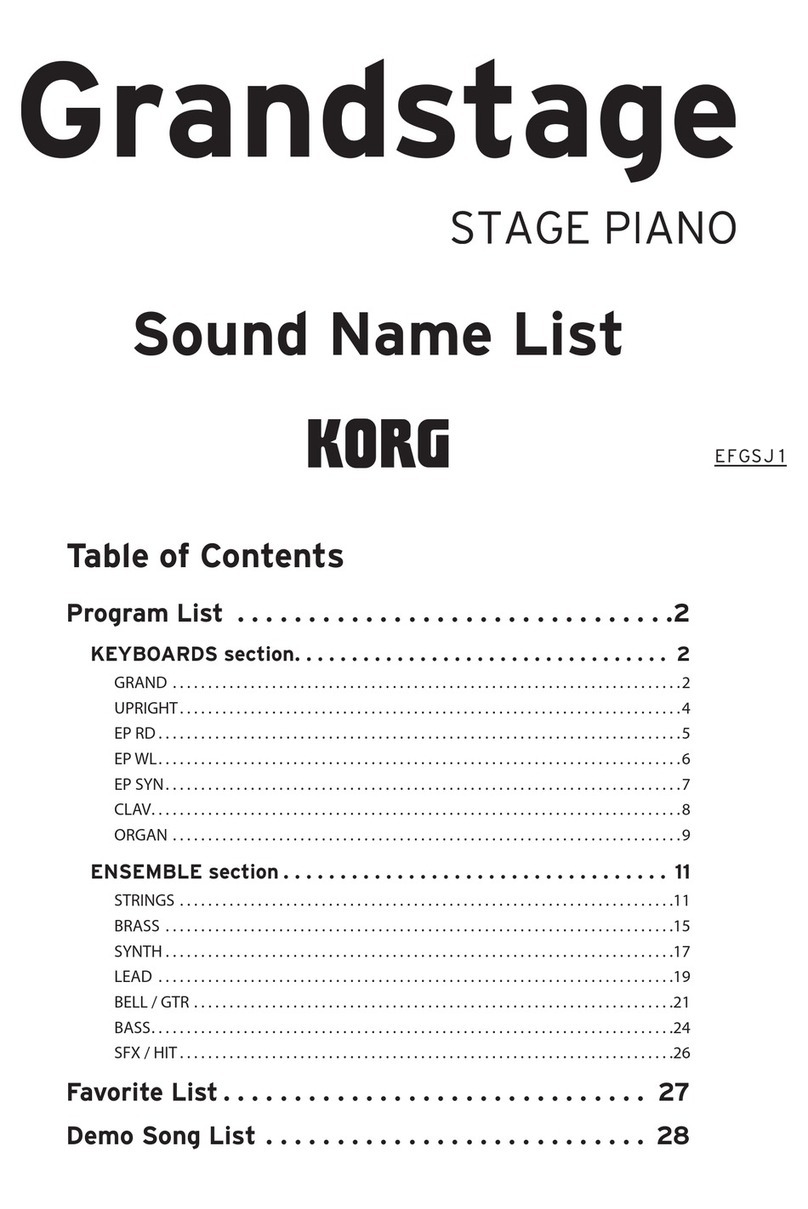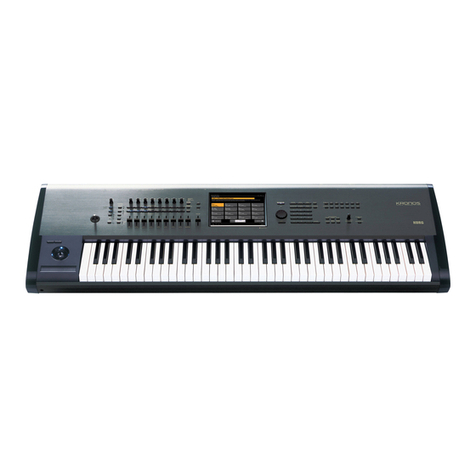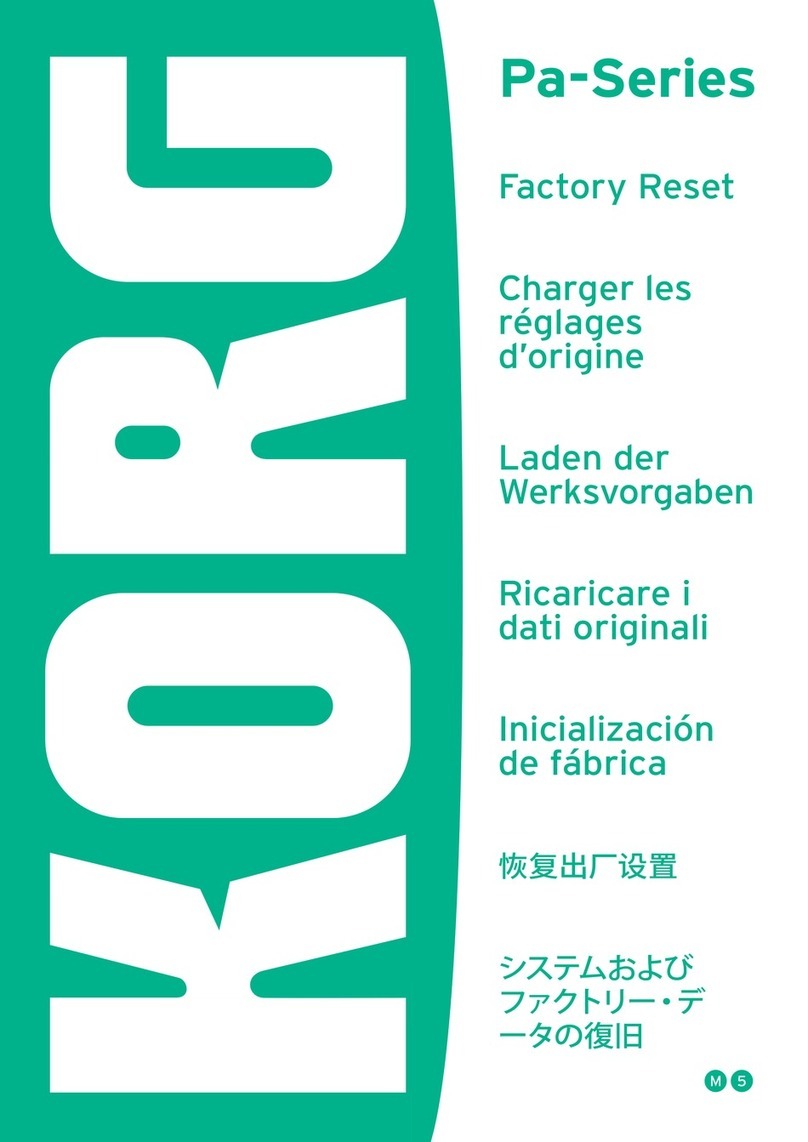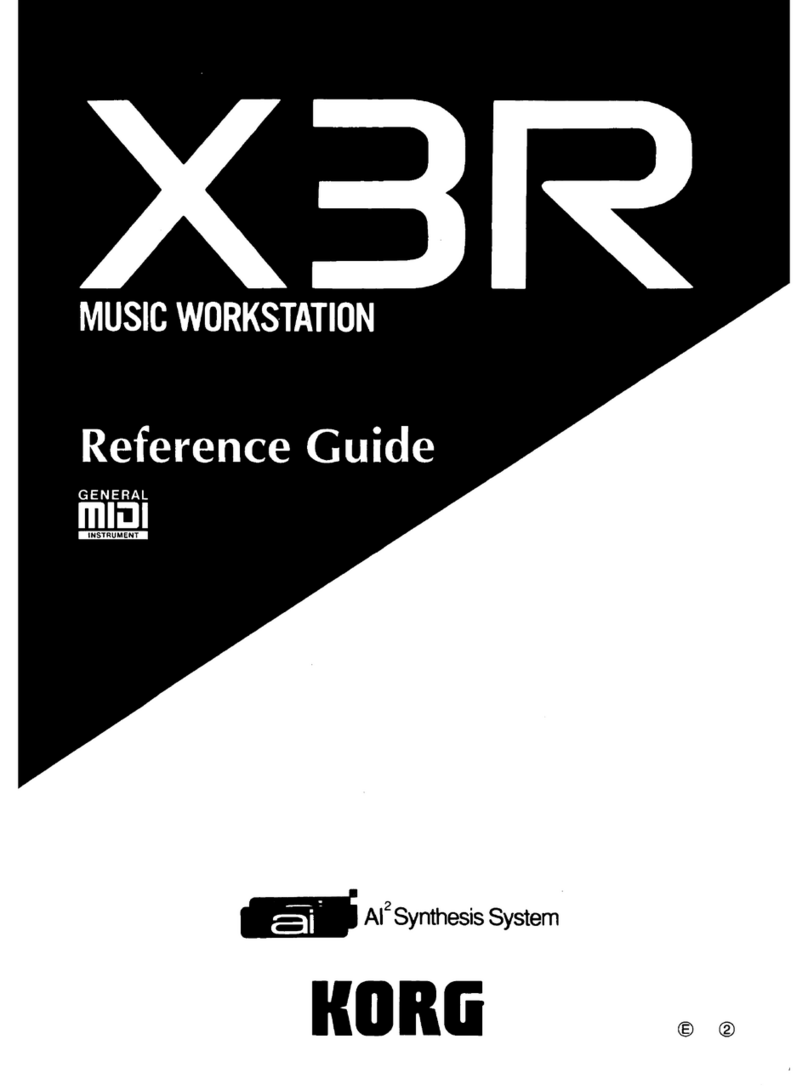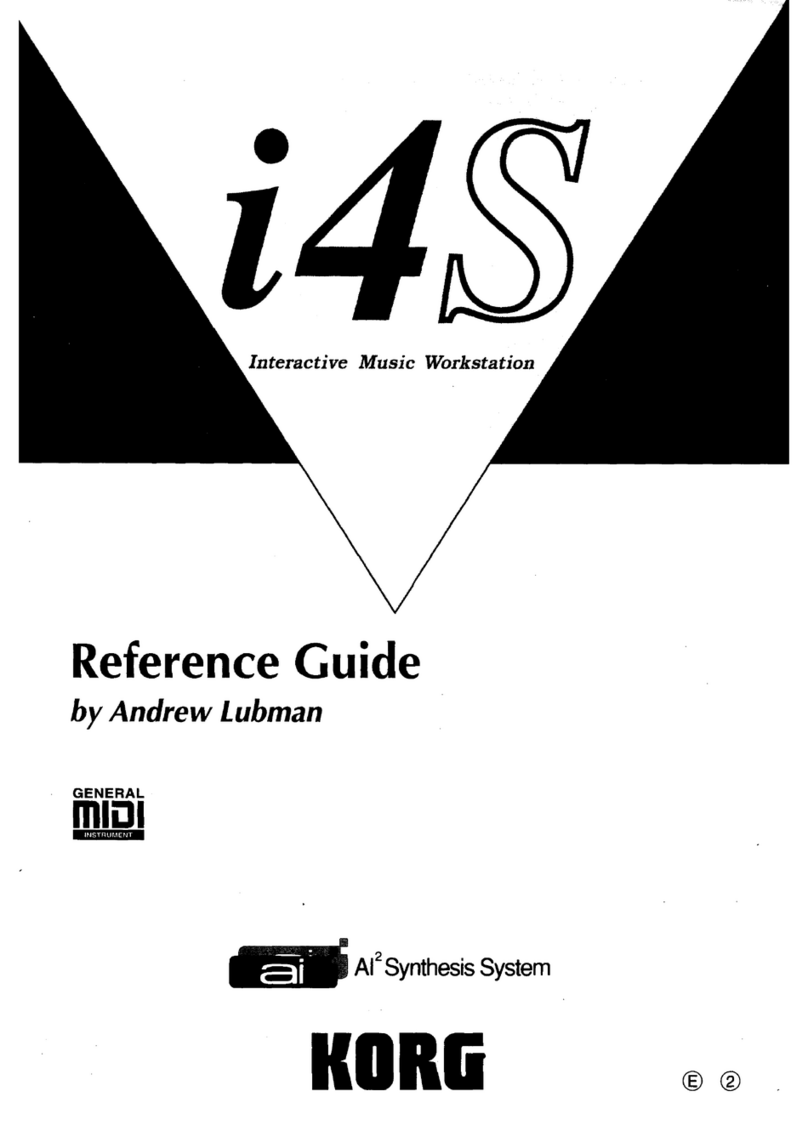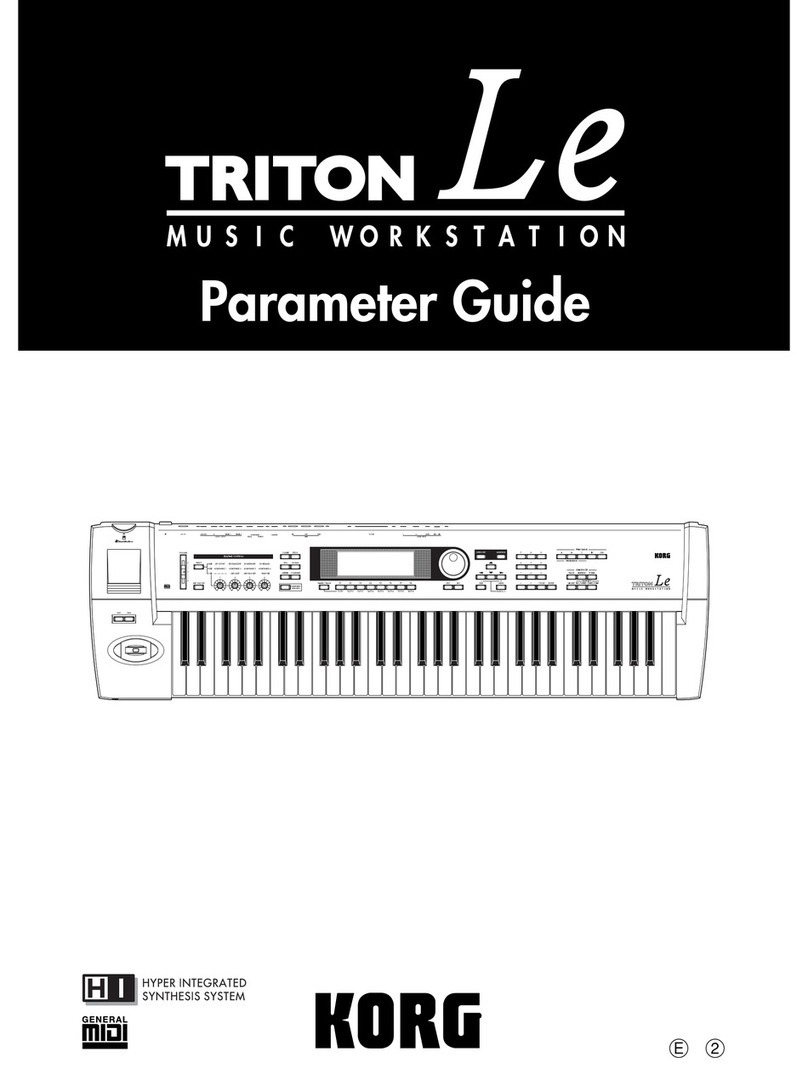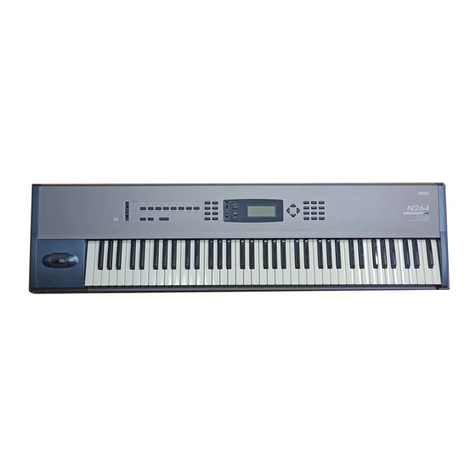*:i. *v*T* UWALTZ>ftfiiO.-K *^fr SM
»L*+fc, e,^'J^t*Hl3)ll :F!:i')J
AUTOtyXAAjiXABO+i>^frtf ^
AUT07,:iMANUALC«IKfr LtT?^.
f«T*RHYTHM A. RHYTHM B^+*>i/
i:ffLt F*%%
*t^J/-?AaT;uX^7ft«rMANU^
ALfi-fe? hLTT?v.
D.'IX^A *-|**i>i>—<JXAB
AUTO CHANGED L± +i, 'J X^A—«J
*.£B— '/ x/*A mmrrw xl/^»
>**HiMRimjttc*ltL rr. «<mbii*
t:*{K?ff6^(JA^fflTiI'S«L f:MEA-
SUREoA Ar-'l*ffi»£«ttJjigt*T?v*.
0*AOia«^J^AAUL*1't* ')*aA —
»j*UA-'J*^A fcft*h 'WJ-BfiLi-ft
•JX/.B —»IJC/.B —'J*JUB fc£'> i+.
B
C
6. Rhythm Selectors
Push abutton io select adesired rhythm When
you have pushed either of (he twojcftmosi buttons,
(urn (he knob above the depressed button to the
position representing your desired rhythm. Two Of
more buttons may be depressed at the same time to
mi\ rhythmv
IfWALTZ and another butlon arc depressed at the
same lime, the resultant music will be in triple mea-
sure whatever the rhythm.
7, Change/Break
A- Measure
Use this knob Tor selecting the number of bars
in changing RHYTHM Ato RHYTHM Bor
vice vcf&i*or usingabreak rhythm in the AUTO
mode,
Auto/manual
Select AUTO or MANUAL
Manual
Push (his button when manually changing
RHYTHM Ato Rm THM BOf vice versa,
or using abreak rhythm in lite MANUAL
mode.
'Be sure io$ct the AUTO-MANUAL switch
to MANUAL
D. Rhvlhm A—Auto chaise— Rh)lhm tt
When the lew is set lo AUTO CHANGE,
rhjlhm patterns will automatically change from
Rhythm Ato Rhythm Band then back to
Rhythm Ain this order Select a desired
number ofbarswiththeMEASUREknobrtwn.
iioned in Item Aw> thai the rhythms will be
changed even number of selected beforehand,
When the lever is set to RHYTHMA. you will
have Rhythm A—Rhythm A—Rhythm A...
When the lever is set lo RHYTHM B.you will
have Rhythm B—Rhytlim B—Rhythm B...
EChange Break
When lhv knob isat OFF. rhythms will be gene*
rated in the order mentioned in Item IX When
the knob is turned to any position from Ito 5.
the break rhythm will w^k
#-fxVi*/7V —PWiknm (Examples ofCHANGE/BREAK use)
<DAUTOWIU0>J&& AUTO mode*
2* m ai
Number of bars:
'* X-L I®A
Rhythms 1@ BA
B
B
AB
AA
U
A
BB
AA
B
A*9— ^Wi: RHYTHM AtO? >Wk&\*<
10<
A<
B
Two variations CD and 2> L^" •» madc ^lhc
RHYTHM Alamp ts lit before the thyihm starts.
Rhythm (£ will take place; if the RHYTHM Blamp
